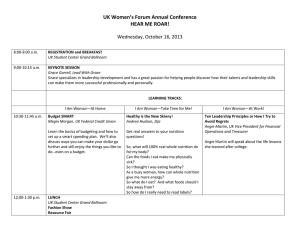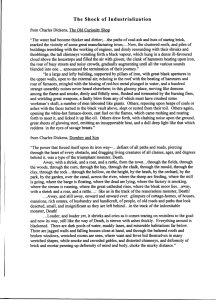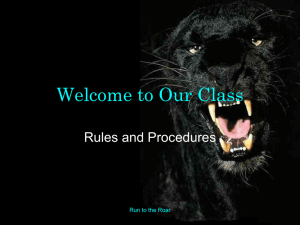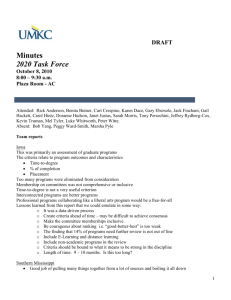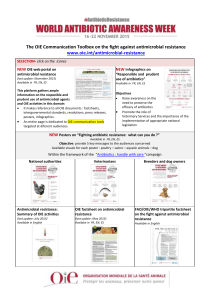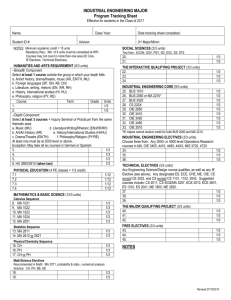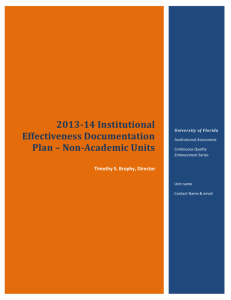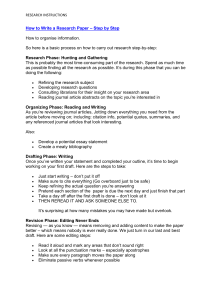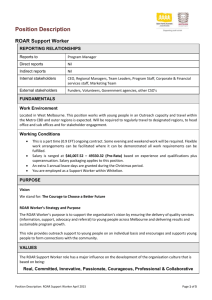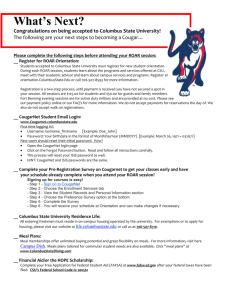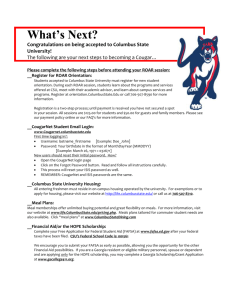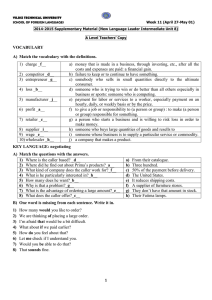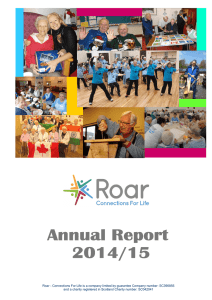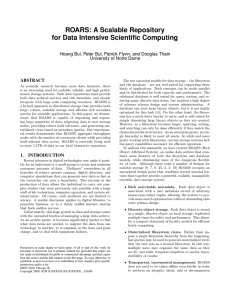Key Points Regarding the Production of End-of
advertisement
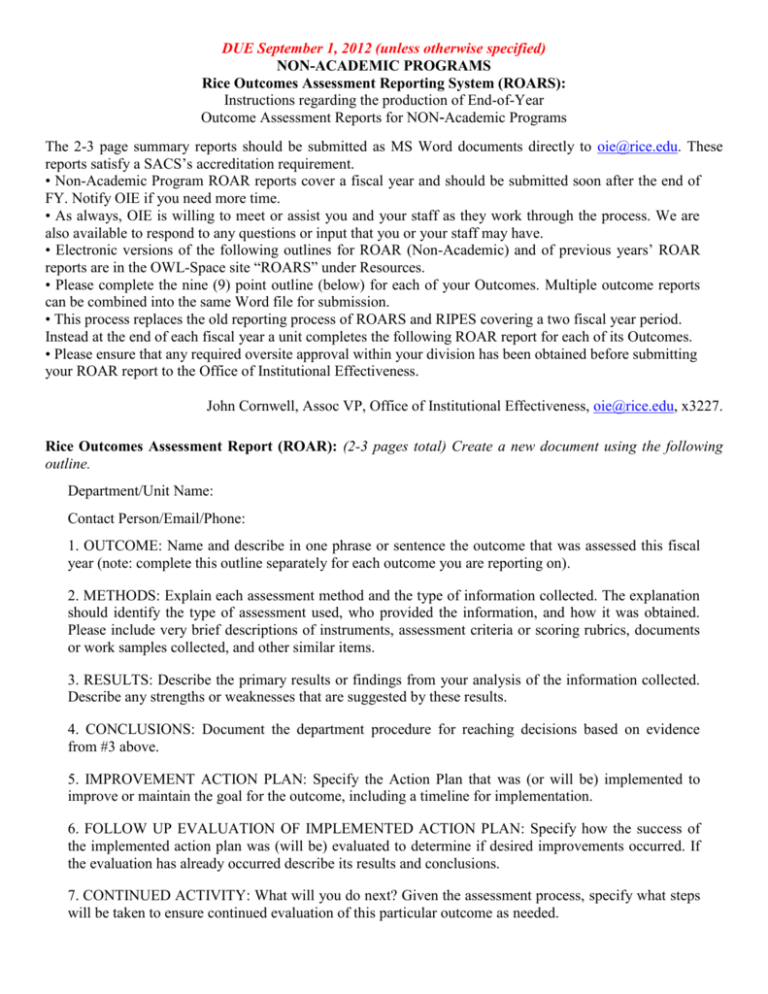
DUE September 1, 2012 (unless otherwise specified) NON-ACADEMIC PROGRAMS Rice Outcomes Assessment Reporting System (ROARS): Instructions regarding the production of End-of-Year Outcome Assessment Reports for NON-Academic Programs The 2-3 page summary reports should be submitted as MS Word documents directly to oie@rice.edu. These reports satisfy a SACS’s accreditation requirement. • Non-Academic Program ROAR reports cover a fiscal year and should be submitted soon after the end of FY. Notify OIE if you need more time. • As always, OIE is willing to meet or assist you and your staff as they work through the process. We are also available to respond to any questions or input that you or your staff may have. • Electronic versions of the following outlines for ROAR (Non-Academic) and of previous years’ ROAR reports are in the OWL-Space site “ROARS” under Resources. • Please complete the nine (9) point outline (below) for each of your Outcomes. Multiple outcome reports can be combined into the same Word file for submission. • This process replaces the old reporting process of ROARS and RIPES covering a two fiscal year period. Instead at the end of each fiscal year a unit completes the following ROAR report for each of its Outcomes. • Please ensure that any required oversite approval within your division has been obtained before submitting your ROAR report to the Office of Institutional Effectiveness. John Cornwell, Assoc VP, Office of Institutional Effectiveness, oie@rice.edu, x3227. Rice Outcomes Assessment Report (ROAR): (2-3 pages total) Create a new document using the following outline. Department/Unit Name: Contact Person/Email/Phone: 1. OUTCOME: Name and describe in one phrase or sentence the outcome that was assessed this fiscal year (note: complete this outline separately for each outcome you are reporting on). 2. METHODS: Explain each assessment method and the type of information collected. The explanation should identify the type of assessment used, who provided the information, and how it was obtained. Please include very brief descriptions of instruments, assessment criteria or scoring rubrics, documents or work samples collected, and other similar items. 3. RESULTS: Describe the primary results or findings from your analysis of the information collected. Describe any strengths or weaknesses that are suggested by these results. 4. CONCLUSIONS: Document the department procedure for reaching decisions based on evidence from #3 above. 5. IMPROVEMENT ACTION PLAN: Specify the Action Plan that was (or will be) implemented to improve or maintain the goal for the outcome, including a timeline for implementation. 6. FOLLOW UP EVALUATION OF IMPLEMENTED ACTION PLAN: Specify how the success of the implemented action plan was (will be) evaluated to determine if desired improvements occurred. If the evaluation has already occurred describe its results and conclusions. 7. CONTINUED ACTIVITY: What will you do next? Given the assessment process, specify what steps will be taken to ensure continued evaluation of this particular outcome as needed. 8. PROCESS: What is the impact? Specify how this particular outcome assessment process and cycle has contributed to improved decision making concerning outcomes for your department or program. 9. BUDGET IMPACT: What were/are the resource requirements (i.e., funding, personnel, equipment, space, etc.) that were/are impacted? Impact can imply expansion as well as contraction or reallocation.
